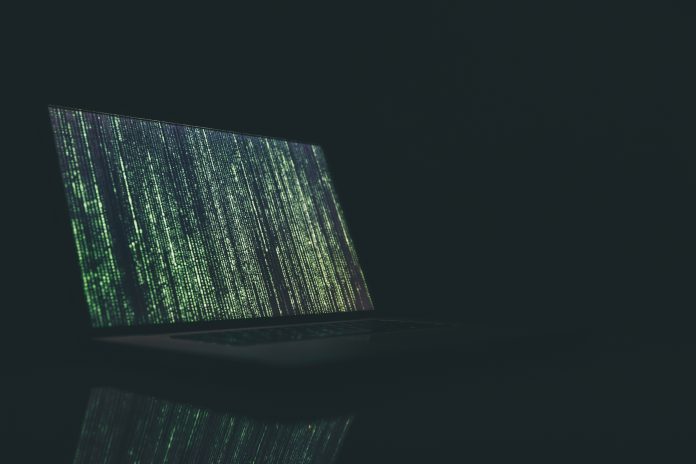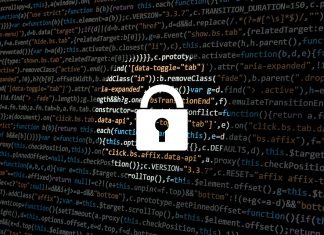Deepfakes are deceptive creations, ranging from audio to videos, manipulate genuine footage to fabricate scenarios that never actually happened.
They are crafted using sophisticated artificial intelligence (AI) and machine learning techniques, which can convincingly replicate human speech and actions. Unfortunately, these technologies are often used for harmful purposes such as spreading misinformation, committing blackmail, or even identity theft.
AiPrise, which combines identity verification, fraud prevention and compliance into a single platform, has recently delved into how firms can spot and prevent deepfakes.
Understanding the Creation of Deepfakes
The creation of deepfakes has become increasingly sophisticated and worrisome. By understanding their production, you can better recognize and prevent their misuse. The most common methods include:
- Face Swapping: This technique involves replacing the facial features of one person with another in videos or images, using advanced algorithms to analyze and reconstruct facial expressions smoothly.
- Voice Cloning: This method trains a deep learning model on a large dataset of voice samples to mimic speech patterns, accents, and emotional nuances, creating eerily realistic fake audio.
- Lip Syncing: Here, algorithms synchronize lip movements with an unrelated audio track to make it appear as if the person is speaking those words.
Additionally, Generative Adversarial Networks (GANs) play a crucial role by using a generator to create fake content and a discriminator to evaluate its authenticity. Encoder-decoder processes also contribute by learning from large datasets to generate more convincing fakes.
Legal and Ethical Implications of Deepfakes
While deepfakes themselves are not illegal, their application can lead to serious legal consequences depending on the intent and outcome, AiPrise explained. Misuse of deepfakes can fall under existing legal categories such as fraud, harassment, and defamation.
Different countries are at various stages of developing specific laws to combat the misuse of deepfakes. In some regions, laws are being introduced to criminalize the creation and distribution of deepfakes that deceive or harm individuals. If a deepfake is created without consent, it can lead to lawsuits based on privacy invasion or copyright infringement.
For businesses concerned about these risks, integrating advanced Know Your Business (KYB) services from companies like AiPrise can provide an additional layer of security and compliance.
Examples of Deepfakes and Their Detection
Deepfakes have targeted public figures and celebrities, creating scenarios where individuals appear to say or do things that are out of character. Examples include a deepfake video of David Beckham involved in a crypto scam, Barack Obama criticizing Donald Trump, and Tom Cruise in an amusing yet fake video. Other cases involve fraudsters impersonating executives or creating satirical content.
Detecting deepfakes involves looking for inconsistencies in facial expressions, lighting, and backgrounds that don’t match the rest of the video. Paying attention to unnatural blinking and verifying the credibility of the source are also critical steps in identifying these fakes.
The Risks and Mitigation of Deepfakes
The dangers of deepfakes are profound, encompassing identity theft, financial fraud, misinformation, blackmail, and election manipulation. To combat these risks, various strategies can be employed:
- Regulatory Measures: Support for sophisticated laws that hold creators and distributors accountable is growing globally.
- Authentication Techniques: Digital signature authentication and AI-powered detection software, like those developed by AiPrise, help verify the authenticity of digital media.
- Ethical Standards: Promoting the clear labeling of AI-generated content helps users identify and understand the origins of deepfakes.
- Advanced Technologies: Digital watermarks, forensic analysis, and blockchain technology provide reliable ways to authenticate and ensure the credibility of digital media.
As technology evolves, so does the capability for deception through deepfakes. It’s vital to stay informed and proactive in utilizing detection and prevention strategies to safeguard against these digital threats.
Read the full story here.
Keep up with all the latest FinTech news here
Copyright © 2024 FinTech Global
Copyright © 2018 RegTech Analyst



